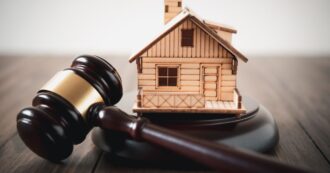Fair Rental Law: Key for Rented Apartment Defects
Repairing defects in rented apartments is crucial. The Fair Rental Law addresses this. This isn’t a new law. It’s an amendment to the Landlord and Tenant Law. It took effect in 2017.
Lease Agreements: Understanding the Fair Rental Law
The Fair Rental Law sets conduct standards. It mandates written leases. It details lease terms. Subletting rights are defined. It clarifies “uninhabitable dwelling.” This law is a big development. All parties should know its provisions.
For further information on the main provisions of the Fair Rental Law, please see Fair Rental Law.
This article will address questions regarding defects in a rented apartment: Who is responsible for repairing defects—the landlord or the tenant? Within what timeframe must the defects be repaired? What recourse is available when defects are not repaired? And more.
Please note! This article addresses only rental transactions to which the Fair Rental Law applies. Before proceeding, please review the list of rentals to which the law does not apply.





